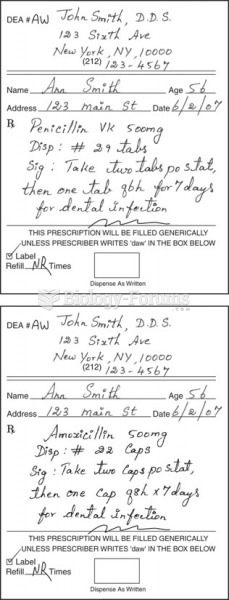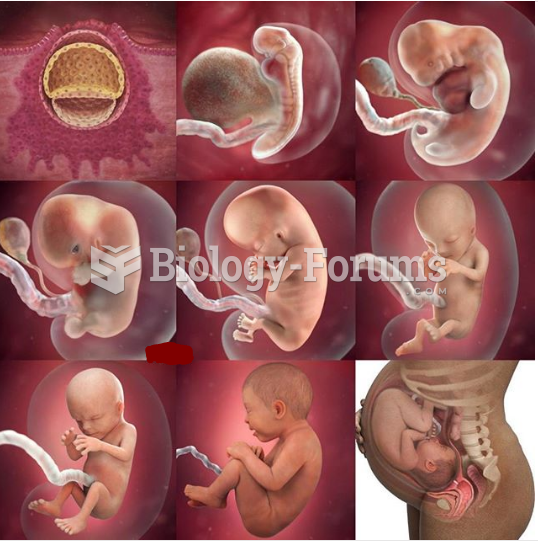Henry is a 12-month-old child who has had repeated ear infections since he was six months old. According to his mother, he has been treated with antibiotics for this condition, but she is tired of giving him antibiotics every few weeks and would like definitive treatment. She brought him to an ENT to see what could be done. She also expresses concern for Henry's development in regards to hearing, speaking, and understanding language. After examining Henry the doctor diagnoses him with bilateral glue ear and talks with Henry's mom about the treatment options. One option would be to continue the antibiotics and hope Henry grows out of the problem, which frequently happens. Other options include decongestants and nasal steroids, which would again, be treating the symptoms in hopes that he will grow out of the problem. Insertion of grommets into the eardrums is another option. Henry's mother asked about the risks and benefits of surgery and decides to proceed with the surgical option.
Dc: Glue ear
First-listed diagnosis: ________
Secondary diagnoses: ________
Fill in the blank with correct word.
Question 2
Larry is a 48-year-old musician with the Chicago Symphony Orchestra. He has found that he is becoming very sensitive to certain frequencies of sound, making it difficult for him to work as a violinist with the orchestra. He also has issues with TMJ, and, on occasion, tinnitus. After a careful exam of his ears and a hearing test, Larry is diagnosed with hyperacusis of both ears. Treatment options are limited, but include TRT and pink noise treatment. Larry will start treatment right away, and hopes to be able to resume work after the treatment.
Dx: Hyperacusis
First-listed diagnosis: ________
Fill in the blank with correct word.







